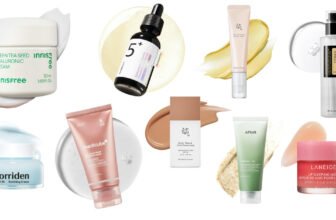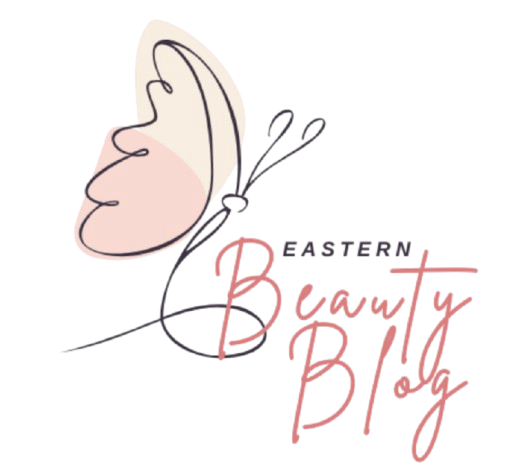This comprehensive hair care guide will walk you through everything you need to know about caring for your locks in 2025, regardless of your hair type.
From understanding your hair’s unique needs to building an effective routine and choosing the right products, we’ve got you covered with science-backed advice and practical tips.
Understanding Your Hair Type & Needs
Before diving into specific hair care routines, it’s essential to understand your unique hair type. Hair varies widely in texture, density, porosity, and natural oil production. Knowing your hair type is the first step toward giving it exactly what it needs.
Identifying Your Hair Texture
Hair texture generally falls into four main categories: straight, wavy, curly, and coily. Each type requires different care approaches to look its best.
Straight Hair (Type 1)
Straight hair tends to be naturally shiny as oils can easily travel from scalp to ends. However, it can become oily quickly and may lack volume. Straight hair benefits from lightweight products and occasional clarifying treatments.
Wavy Hair (Type 2)
Wavy hair has a gentle S-shaped pattern and falls between straight and curly. It can be prone to frizz and may need more moisture than straight hair but less than curly types. Products that enhance waves without weighing them down work best.
Curly Hair (Type 3)
Curly hair forms defined spirals or loops and tends to be naturally drier as scalp oils can’t easily travel down the hair shaft. It requires more moisture, gentle cleansing, and protection against frizz.
Coily Hair (Type 4)
Coily hair has tight curls or zigzag patterns and is typically very dry and fragile. It requires maximum moisture, gentle handling, and protective styling to prevent breakage and maintain health.
Understanding Your Scalp Type
Your scalp health directly impacts your hair’s appearance and growth. Identifying whether you have a dry, oily, or balanced scalp will help you choose appropriate products.
Dry Scalp
Signs include flaking, itchiness, and tightness. A dry scalp needs gentle, sulfate-free cleansers and additional moisture. Wash less frequently and consider using scalp oils.
Oily Scalp
Characterized by hair that looks greasy quickly after washing. Balance is key—use gentle clarifying products and avoid over-washing, which can trigger more oil production.
Balanced Scalp
A healthy scalp isn’t too dry or too oily. Maintain this balance with regular cleansing using mild products and occasional treatments to address specific concerns.
Core Pillars of an Effective Hair Care Routine
A successful hair care routine consists of several essential steps. While the specific products and frequency may vary based on your hair type, these fundamental pillars apply to everyone seeking healthier hair.
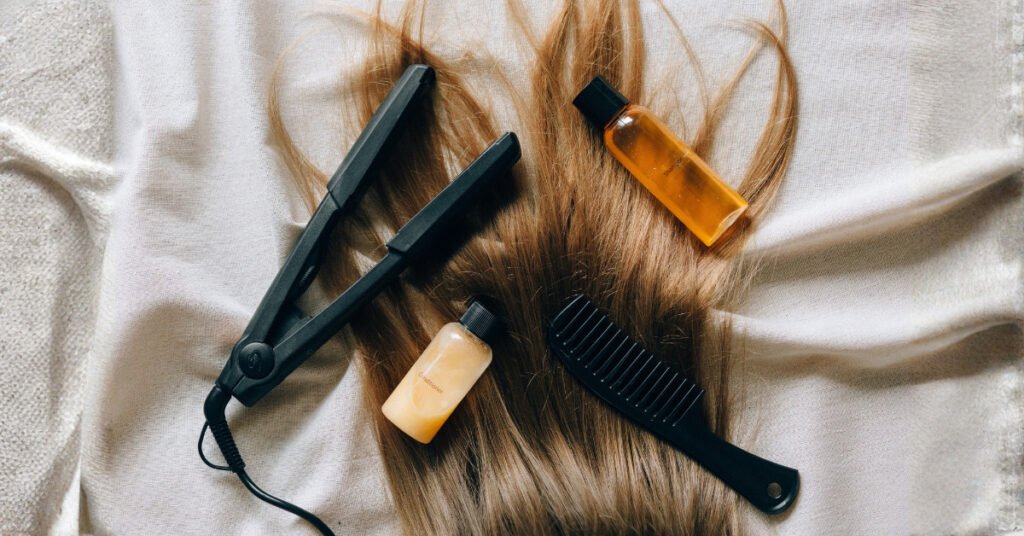
Cleansing: Finding the Right Balance
Proper cleansing removes dirt, excess oil, and product buildup without stripping your hair’s natural moisture. The key is finding the right washing frequency and shampoo type for your hair.
Contrary to popular belief, most hair types don’t need daily washing. Overwashing can strip natural oils, leading to dryness and irritation.
How Often Should You Wash Your Hair?
| Hair Type | Recommended Washing Frequency | Signs You Need to Wash |
| Fine, Straight (Type 1) | Every 1-2 days | Visible oiliness, flat appearance |
| Wavy (Type 2) | Every 2-3 days | Roots look oily, waves lose definition |
| Curly (Type 3) | Every 3-4 days | Scalp itchiness, curls look dull |
| Coily (Type 4) | Every 7-10 days | Scalp buildup, dryness, flaking |
Choosing the Right Shampoo
The ideal shampoo should clean your hair without causing dryness or irritation.
Look for formulas specifically designed for your hair type and concerns. Even with a gentle daily shampoo, product buildup can occur over time.
Using a clarifying shampoo once every 2-4 weeks helps reset your hair and remove stubborn residue. Look for formulas with ingredients like apple cider vinegar or tea tree oil for a deep yet gentle cleanse.
What to Look For in Shampoos
- Sulfate-free formulas for gentle cleansing
- Moisturizing ingredients like glycerin and aloe
- Natural oils for added nourishment
- pH-balanced formulations (4.5-5.5)
- Specific solutions for your hair concerns
Ingredients to Avoid
- Harsh sulfates (SLS, SLES)
- Silicones that cause buildup
- Parabens and phthalates
- Artificial fragrances
- Alcohol (except fatty alcohols)
Product Recommendation: Clarifying Shampoo
Revitalize your hair from root to tip with NatureLab.TOKYO Perfect Clean Scalp Scrub & Clarifying Shampoo.
This luxurious 2-in-1 deep cleanser combines exfoliating sugar crystals, probiotic sake water, and hyaluronic acid to gently remove buildup while keeping your scalp hydrated and balanced.
Designed to promote shine, volume, and overall scalp health, it’s ideal for anyone seeking that fresh-from-the-salon clean.
Whether you follow a K-beauty haircare routine or simply love a refreshing scalp detox, this clarifying shampoo will leave your hair smooth, glossy, and renewed with every wash.
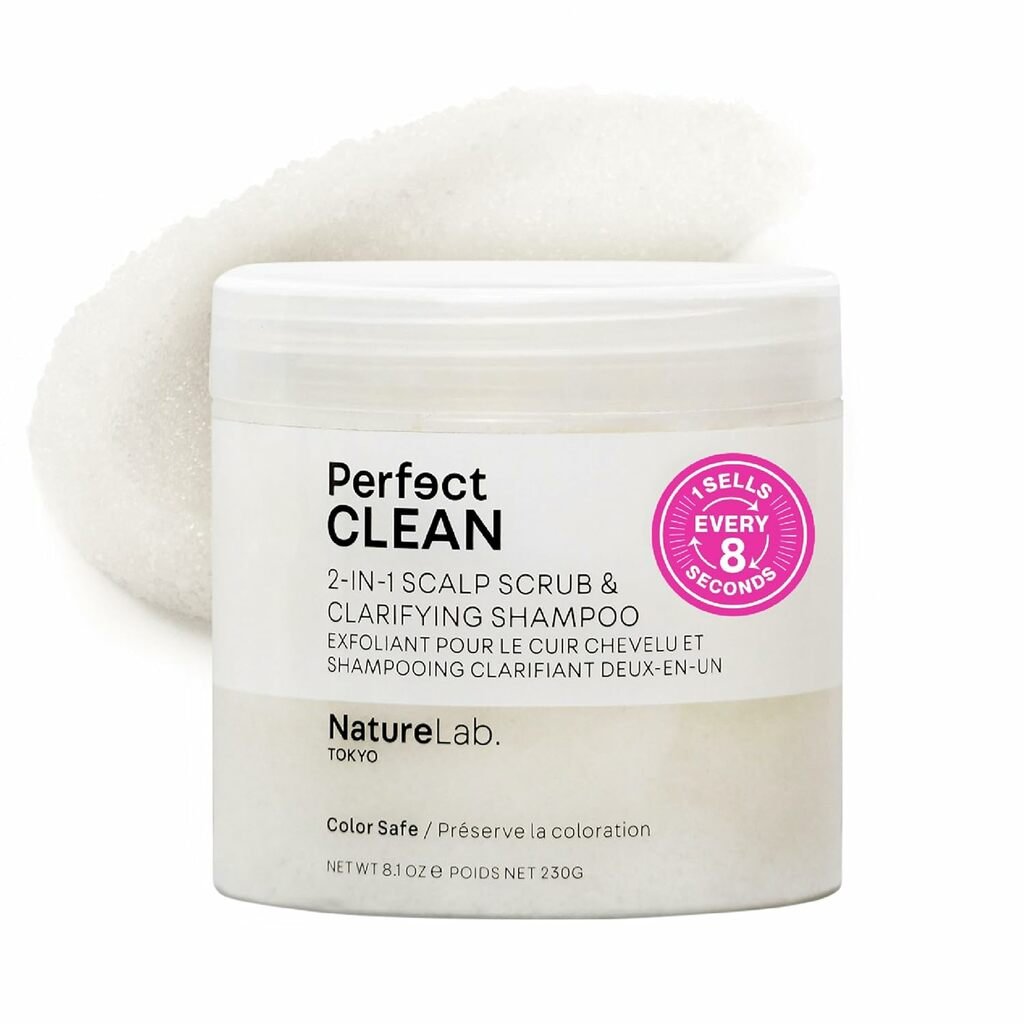
Conditioning: Nourishing Your Hair
Conditioning is essential for all hair types as it restores moisture, improves manageability, and protects against damage. The right conditioning approach depends on your hair’s specific needs.
Types of Conditioners
Regular Conditioners
Used after every wash, these provide basic hydration and detangling benefits. Apply to mid-lengths and ends, leave for 1-3 minutes, then rinse thoroughly.
Leave-In Conditioners
Applied to damp hair after washing, these provide ongoing moisture and protection throughout the day. Ideal for dry, curly, or damaged hair types.
Deep Conditioners
Intensive treatments are used weekly or bi-weekly to repair damage and deeply hydrate. Apply to clean, damp hair and leave for 10-30 minutes before rinsing.
Pro Tip: Conditioning Technique Matters
For maximum benefits, apply conditioner to hair that’s been gently towel-dried to remove excess water. This allows the conditioner to penetrate more effectively rather than being diluted. Use a wide-tooth comb to distribute the product evenly through your hair.
Product Recommendation: Deep Conditioner
For those with dry, damaged, or color-treated hair, a weekly deep conditioning treatment can make a dramatic difference.
Look for formulas with ingredients like keratin, argan oil, or shea butter to restore moisture and strength.
Our recommendation is to give your damaged hair a second life with the UNOVE Deep Damage Treatment EX, a K-beauty favorite designed to restore even the most over-processed strands.
Infused with 30,000 ppm of Keratin-PF, this luxurious formula deeply nourishes and repairs from root to tip, leaving your hair silky, smooth, and full of shine.
Whether your hair has suffered from coloring, bleaching, or constant heat styling, UNOVE’s rich blend of proteins, amino acids, and botanical oils helps rebuild strength and elasticity without weighing it down.
This deep-conditioning miracle leaves your hair feeling salon-fresh after every use.
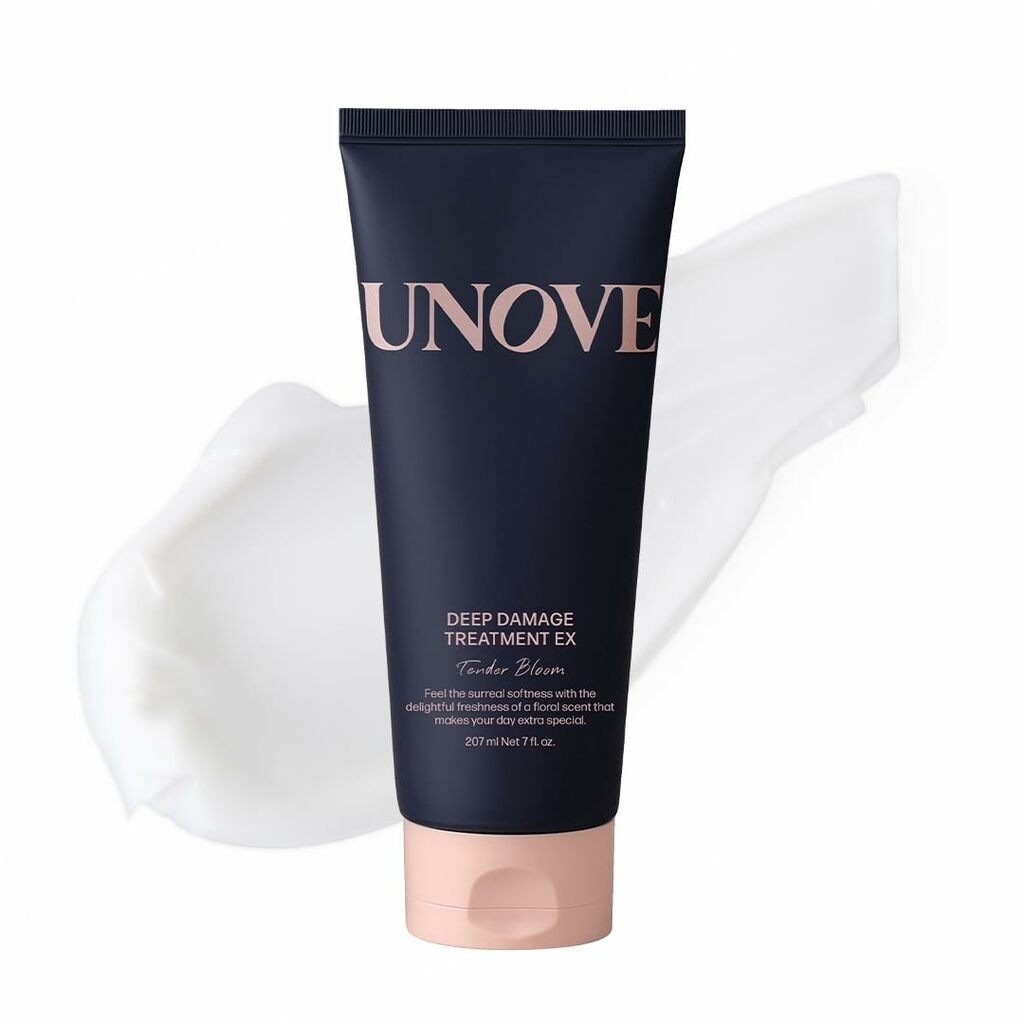
Scalp Care: The Foundation of Healthy Hair
A healthy scalp is the foundation for healthy hair growth. Many hair issues actually begin at the scalp level, so giving it proper attention is essential.
Essential Scalp Care Practices
- Regular exfoliation: Use a gentle scalp scrub or exfoliating shampoo 1-2 times monthly to remove dead skin cells and product buildup.
- Scalp massage: Spend 3-5 minutes massaging your scalp during washing to improve circulation and distribute natural oils.
- Targeted treatments: Address specific concerns like dryness or flaking with specialized serums and oils.
- Protection: Shield your scalp from sun damage with hats or SPF products designed for the scalp.
Product Recommendation: Scalp Treatment
For those experiencing scalp issues like dryness, itchiness, or flaking, a dedicated scalp treatment can provide relief.
Look for products with ingredients like tea tree oil, salicylic acid, or niacinamide to balance and soothe the scalp environment.
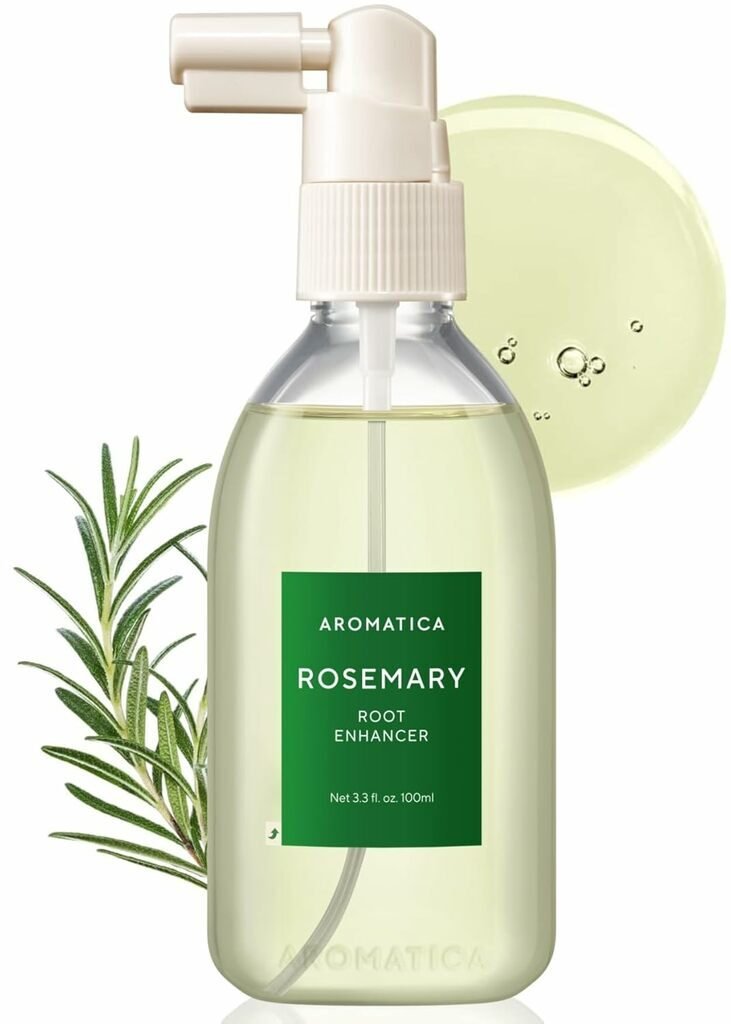
Protection & Styling: Preserving Your Hair’s Health
How you dry, style, and protect your hair significantly impacts its long-term health. The right techniques and products can help prevent damage while still achieving your desired look.
Drying Your Hair Properly
The way you dry your hair can either protect it or cause significant damage. Finding the right balance is key.
Air Drying
While air drying eliminates heat damage, leaving hair soaking wet for too long can weaken the hair shaft. The best approach is to gently remove excess moisture with a microfiber towel or cotton t-shirt (avoid rough towel rubbing), then allow hair to finish drying naturally.
Heat Drying
When using a blow dryer, keep it on a medium or low heat setting and maintain a distance of at least 6 inches from your hair. Always use a heat protectant product first, and finish with a cool shot to seal the cuticle and add shine.
The Right Way to Detangle
Always detangle wet hair gently using a wide-tooth comb or wet brush, starting from the ends and working your way up to the roots. This minimizes breakage and prevents unnecessary stress on the hair shaft. For curly or coily hair, detangle while the conditioner is in your hair for extra slip.
Heat Protection Essentials
Heat styling tools like flat irons, curling wands, and blow dryers can reach temperatures of 450°F (232°C), which can severely damage hair without proper protection.
Heat damage is cumulative and often irreversible. Prevention is always better than trying to repair already heat-damaged hair.
Heat Protection Strategy
- Always apply a heat protectant product before using any hot tools
- Use the lowest effective temperature setting for your hair type
- Limit heat styling to 2-3 times per week maximum
- Keep tools moving rather than holding them in one spot
- Consider heat-free styling alternatives when possible
Product Recommendation: Heat Protectant
A quality heat protectant creates a barrier between your hair and hot styling tools, preventing moisture loss and cuticle damage. Look for formulas with ingredients like silicones, proteins, or natural oils that can withstand high temperatures.
The OUAI Detangling & Frizz-Fighting Conditioner offers a lightweight yet nourishing formula designed to smooth, soften, and protect hair without weighing it down.
Infused with a blend of strengthening and hydrating ingredients, it helps detangle strands, reduce frizz, and enhance shine for a sleek, healthy look.
Suitable for all hair types—including color-treated or heat-styled hair—this conditioner leaves hair feeling refreshed and more manageable after each use. Its clean, modern scent adds an extra touch of luxury to any hair care routine.

Nighttime Hair Protection
What you do with your hair while you sleep can significantly impact its health and appearance. Cotton pillowcases can cause friction that leads to frizz, breakage, and tangling.
Silk or Satin Pillowcases
These smooth fabrics reduce friction and help hair retain moisture overnight. They’re especially beneficial for curly, fragile, or color-treated hair.
Protective Hairstyles
Loose braids, pineapple methods (for curly hair), or silk/satin bonnets can protect your hair while you sleep by minimizing movement and friction.
Trimming, Maintenance & Healthy Habits
Beyond your product routine, certain practices and lifestyle factors play a crucial role in maintaining healthy hair. These foundational habits can make a significant difference in your hair’s appearance and strength.
Regular Trimming
Regular trims are essential for maintaining healthy hair and preventing split ends from traveling up the hair shaft.
| Hair Length/Type | Recommended Trimming Frequency | Signs You Need a Trim |
| Short hair (above shoulders) | Every 4-6 weeks | Losing shape, split ends visible |
| Medium to long hair | Every 8-12 weeks | Ends look frayed, tangling increases |
| Damaged or chemically treated | Every 6-8 weeks | Brittleness, visible breakage |
| Curly/coily hair | Every 8-12 weeks | Curls losing definition, excessive tangling |
Nutrition & Hydration
Your hair is a reflection of your internal health. Proper nutrition and hydration are fundamental to growing strong, healthy hair from the inside out.
Key Nutrients for Hair Health
- Protein: The building block of hair (eggs, fish, lean meats, legumes)
- Biotin: Supports keratin production (eggs, nuts, seeds, avocados)
- Iron: Essential for hair growth (spinach, lentils, red meat)
- Omega-3 fatty acids: Support scalp health (fatty fish, walnuts, flaxseeds)
- Vitamins A, C, D, E: Support hair follicle function and protect against oxidative stress
Hydration & Lifestyle Factors
- Drink 8-10 glasses of water daily to keep hair hydrated from within
- Manage stress through exercise, meditation, or other relaxation techniques
- Get adequate sleep (7-9 hours) to support healthy hair growth cycles
- Protect hair from environmental damage (sun, chlorine, pollution)
- Avoid tight hairstyles that pull on the scalp and cause traction alopecia

Common Hair Problems & Quick Fixes
Even with the best routine, specific hair issues can arise. Here are solutions for the most common hair concerns.
Dryness & Frizz
Causes:
- Lack of moisture
- Weather conditions
- Heat damage
- Rough handling
Solutions:
- Deep condition weekly
- Use leave-in conditioners
- Apply anti-frizz serums
- Sleep on silk pillowcases
- Avoid heat styling
Breakage & Split Ends
Causes:
- Chemical processing
- Heat styling
- Mechanical damage
- Lack of protein
Solutions:
- Regular trims
- Protein treatments
- Gentle detangling
- Heat protection
- Bond-building treatments
Oily Scalp & Flat Roots
Causes:
- Overactive sebaceous glands
- Infrequent washing
- Product buildup
- Touching hair frequently
Solutions:
- Gentle clarifying shampoos
- Lightweight conditioners
- Scalp exfoliation
- Dry shampoo between washes
- Avoid heavy products near roots
Hair Care Myths & Mistakes to Avoid
The world of hair care is filled with misconceptions that can actually harm your hair. Let’s debunk some common myths and highlight mistakes to avoid.
Myth: Frequent trimming makes hair grow faster.
Truth: Hair grows from the scalp, not the ends. Trimming doesn’t affect growth rate but does prevent split ends from traveling up the hair shaft, which can make hair appear to grow longer more quickly by preventing breakage.
Myth: You need to switch shampoos regularly because hair gets “used to” the products.
Truth: Hair is a dead protein and cannot build “immunity” to products. If a product stops working, it’s likely due to changes in your hair condition, environment, or product buildup—not because your hair adapted to the formula.
Myth: Brushing hair 100 strokes daily makes it healthier.
Truth: Excessive brushing can actually cause mechanical damage and breakage. Brush only as needed to detangle and distribute natural oils, using gentle tools and techniques.
Myth: Natural ingredients are always better than synthetic ones.
Truth: Both natural and synthetic ingredients can be beneficial or harmful depending on the specific ingredient and your hair’s needs. Many synthetic ingredients are specifically designed to improve hair health and may outperform some natural alternatives.
Myth: Cutting hair during a full moon makes it grow faster.
Truth: There is no scientific evidence supporting lunar cycles affecting hair growth. Hair growth is determined by genetics, health, and proper care—not astronomical events.
Common Hair Care Mistakes
Top 5 Hair Care Mistakes to Avoid
- Washing with hot water: Hot water strips natural oils and can damage the cuticle. Use lukewarm water instead.
- Rough towel-drying: Aggressively rubbing wet hair with a towel causes frizz and breakage. Gently blot or squeeze instead.
- Brushing wet hair incorrectly: Using a regular brush on soaking wet hair can cause breakage. Use a wide-tooth comb or wet brush, starting from the ends.
- Overusing protein treatments: Too much protein can make hair brittle and prone to breakage. Balance protein with moisture.
- Applying conditioner to the scalp: This can weigh hair down and cause buildup. Focus conditioner on mid-lengths and ends.
Weekly Hair Care Routine Planner
Creating a consistent routine is key to achieving and maintaining healthy hair. Here’s a sample weekly schedule that you can adapt based on your hair type and specific needs.
Sample Routine for Normal to Dry Hair
| Day | Morning Routine | Evening Routine |
| Monday | Shampoo & condition, apply leave-in treatment and heat protectant if styling | Brush gently before bed, use silk pillowcase |
| Tuesday | Refresh with water or leave-in spray, style as needed | Apply lightweight hair oil to ends if needed |
| Wednesday | Co-wash (conditioner only), apply styling products | Brush gently before bed, use silk pillowcase |
| Thursday | Refresh with water or leave-in spray, style as needed | Apply scalp treatment if needed |
| Friday | Shampoo & condition, apply leave-in treatment | Deep conditioning treatment (15-30 minutes) |
| Saturday | Style as desired (special occasion styling) | Brush gently before bed, use silk pillowcase |
| Sunday | Rest day – minimal styling, refresh as needed | Scalp massage with oil (pre-wash treatment for Monday) |
Monthly Hair Care Checklist
Week 1
- Clarifying shampoo treatment
- Protein treatment (if needed)
- Check for split ends
Week 2
- Scalp exfoliation treatment
- Deep moisturizing mask
- Hair oil treatment
Week 3
- Another deep conditioning session
- Heat-free styling week
- Scalp massage session
Week 4
- Evaluate hair health and adjust routine
- Schedule trim if needed
- Replenish hair care products
Conclusion: Your Path to Healthier Hair
Creating an effective hair care routine is a journey, not a destination. The key is consistency and paying attention to how your hair responds to different products and techniques.
Remember that healthy hair starts with understanding your unique hair type and needs, then building a routine that addresses those specific requirements.
Start by implementing one or two changes at a time rather than overhauling your entire routine at once. This allows you to identify which adjustments are making a positive difference.
Be patient—significant improvements in hair health typically take at least 2-3 months as new, healthier hair grows in and damaged ends are trimmed away.
Most importantly, remember that true hair health isn’t just about external products but also about internal nourishment, gentle handling, and protection from damage.
By following the guidelines in this comprehensive hair care guide, you’re well on your way to achieving the healthier, more beautiful hair you deserve in 2025 and beyond.
Ready to Transform Your Hair?
Start your hair transformation journey with our curated collection of science-backed hair care essentials. From gentle cleansers to intensive treatments, we’ve got everything you need for healthier hair.



